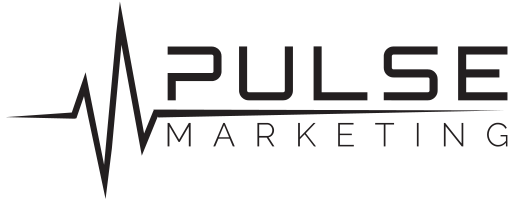
An important practice for starting a new design project is to meet with the client and fill out a creative brief, gathering information on the client and the project at hand.
This is an important practice that should be implemented in all agencies. The creative briefs don’t have to be extremely thorough, but it is important to at least have something to outline the scope of the project.
Why is a Creative Brief Important?
A creative brief is there to help the creative team get the guidelines and the vision of the project. The brief should serve to offer clarity of the project, client goals, and even the timeline. The brief should demonstrate your understanding of the project, the client’s vision, and a strategy for achieving it. As the project moves along, if there are any updates to the guidelines or if expectations change, they should be noted in the creative brief to ensure everyone involved is conscious of those changes.
What Makes a Successful Creative Brief?
During the meeting with the client, try to gather important information needed to complete the task. Although you want to get as much information as possible, you want to avoid asking random questions. Don’t overload the client with too many questions that require lengthy explanations. Get to the point; both yours and your client’s time is valuable.
Writing a great creative brief takes skill and practice. It is important to ask the right questions; take in all the information and filter only the most important information to be noted. A successful creative brief should be clear and concise.
The information noted on the creative brief should inspire your creative team and make them eager to work on the project. The creative brief should get your creative team’s wheels turning and get them started with ideas and finding solutions.
10 Essential Questions for a Successful Creative Brief
1. A little bit of background on the company. (What is it? What do they do? Purpose?)
The first thing is to find out as much information as possible about the company. The more you know about them, the easier it will be to create something that is catered to their specific needs. Find out exactly what they do and why they do it. Knowing why they are in their specific line of work clarifies who they are and their purpose.
2. What is our one primary objective for this communications vehicle?
What do we want to achieve? The client could want more traffic on their website or high attendance to a special event. Maybe the client has just started their business and they are just looking for exposure. Everything we do serves a purpose and we need to keep our objectives in mind when designing for the client to achieve them.
3. Current branding strategy?
Take a moment to discover their current branding strategy. What type of branding and marketing are they using? What other strategies might they benefit from? Focus on what works and what doesn’t work for the client. Once the problem is pinpointed, it makes moving forward with the project easier knowing what needs to be addressed.
4. Who’s our target audience?
Find out who they are trying to reach. What is their target age group, gender, or even profession? This can sway the direction of the project to appeal to a specific group of people.
5. What does our target audience currently think?
What perception does their target audience have of them? Do they have a good or bad opinion about them? Can these perceptions be guided to the desired point of view? It is important to get an idea of how the company is perceived so that you, as a designer, can help mend their perception if it is not ideal. If the audience has a positive perception of the company, try to figure out why and further enrich those aspects.
6. What would we like them to think?
How does the client want to be perceived? What can we do to help achieve this mind set? The client may have a different vision for their company than what is currently perceived, so it is your job as a designer to shift that perception using the proper graphic cues.
7. What is the appropriate tone and/or visual look that we can employ to convince the audience to act or think the way we’d like them to?
One of the most important aspects of a branding strategy is to incorporate the appropriate tone for the specified audience. If the client wants to come off as serious and corporate, you may not want to go with extremely graphic fonts or exuberant colors; it does not match their desired tone and will give the audience mixed signals about the brand. It is important to follow this tone and keep it consistent throughout the project.
8. What are the “mandatories”/creative guidelines for this assignment?
These are the items that must be included in the final project. The client may need sponsored logos on a poster, or specific colors to match their style guide. It is important to find all the “must haves” at the beginning of a project so the designs can be created accurately and efficiently. The worst thing is finishing a design and finding out at the end that the client needs a specific phrase or images on the project; having to incorporate those items may throw off your design completely and you are back to square one. Another important thing to ask is what cannot be included, whether it be specific colors or certain words that should be avoided.
9. Who is the competition?
It is always a good idea to find out who your client’s competitors are so that you may research what they are doing in terms of their branding strategy. By getting to know their competitors, it makes it easier for you to figure out ways to make your client stand out. Look at what the competitors are doing right and find ways to improve upon those strategies and assist in incorporating them for your client. Also, try to avoid any branding strategies that are not working for the competitors unless you can figure out a way to make them work.
10. What is your agency’s point of view?
This is where you describe your point of view of the project. Give your insight on the client’s project and propose some solutions. Take a moment to explain what you think will work and what won’t. It is important to give the client your insight from the beginning, that way they can see if they agree with your direction. Also, take note of anything that may have been left out by the client that may interfere with production on the project.
If you would like to begin using a creative brief in your personal work or agency, you may download the fillable Creative Brief Template PDF here .

